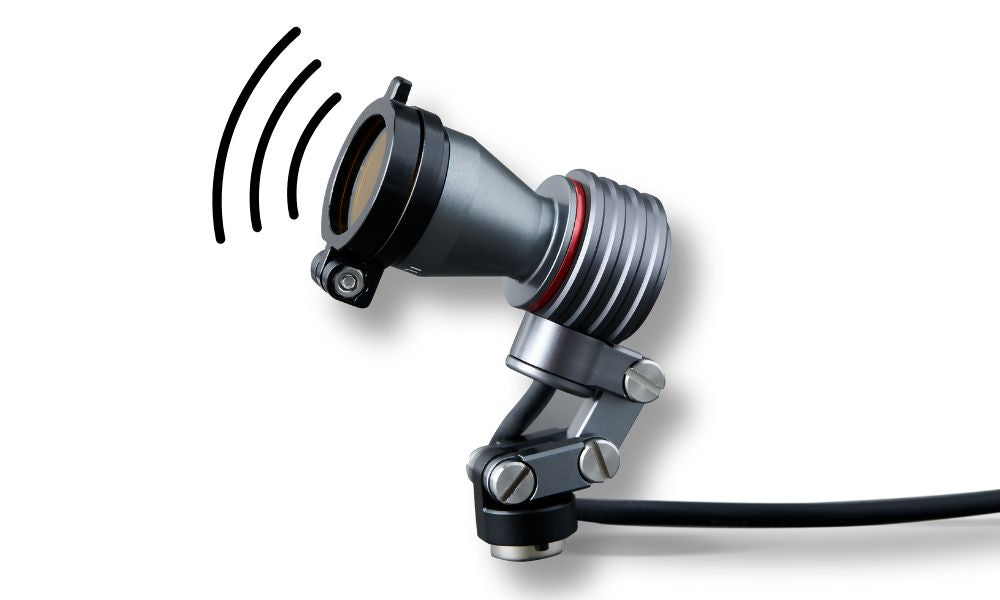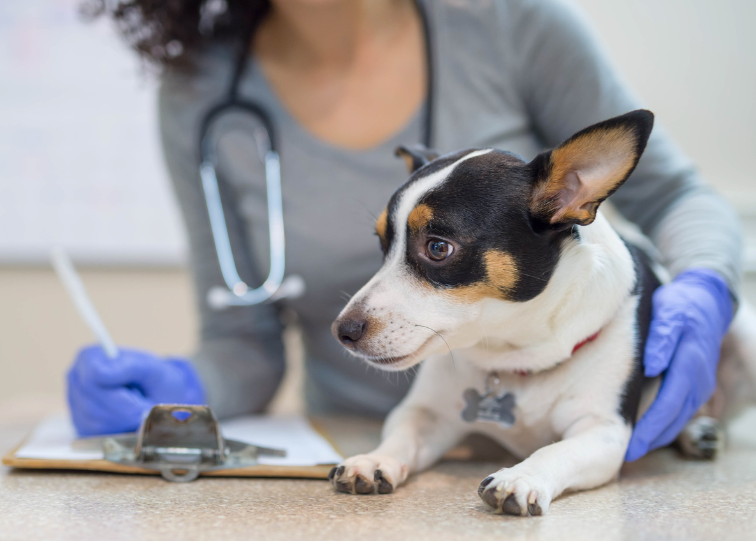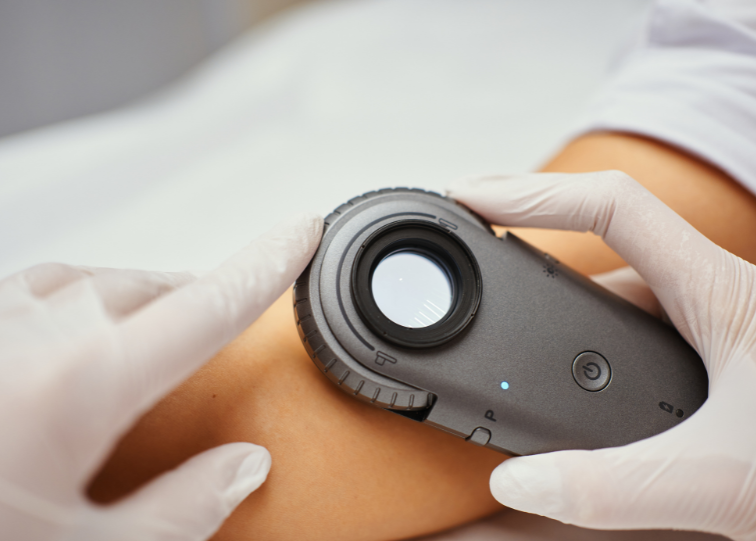Today, we delve into the fascinating world of dermatoscopy and its transformative role in diagnosing and treating skin diseases in animals. Dermatoscopy, or dermoscopy, is a technique that enables veterinarians to closely examine the skin's surface and subsurface structures, revolutionizing the field of veterinary dermatology. Join us as we uncover the benefits and applications of dermatoscopy in veterinary medicine.
What is Dermatoscopy?
Dermatoscopy is a non-invasive diagnostic tool that employs a dermatoscope—a specialized handheld device—to magnify and illuminate the skin's surface. Originally developed for human dermatology, dermatoscopy has been adapted and refined for use in veterinary medicine. This technique allows veterinarians to visualize intricate details that are otherwise invisible to the naked eye, providing valuable insights for accurate diagnosis and treatment planning.
Advantages of Dermatoscopy in Veterinary Medicine:
- Enhanced Visualization: Dermatoscopy provides veterinarians with a magnified and illuminated view of the skin's surface, enabling the detection of subtle changes in color, texture, and structure. This enhanced visualization aids in the identification of specific patterns and features that are indicative of various skin conditions.
- Differential Diagnosis: One of the primary benefits of dermatoscopy is its ability to aid in differential diagnosis. By observing distinct dermoscopic patterns and structures, veterinarians can distinguish between different types of skin lesions and accurately differentiate benign from malignant tumors. This capability significantly enhances diagnostic accuracy and guides appropriate treatment decisions.
- Non-invasive and Safe: Dermatoscopy is a non-invasive technique that minimizes patient discomfort and eliminates the need for invasive procedures such as biopsies. This makes it particularly suitable for animals, ensuring their well-being throughout the diagnostic process.
Applications of Dermatoscopy in Veterinary Dermatology:
- Tumor Evaluation: Dermatoscopy plays a pivotal role in evaluating skin tumors in animals. By visualizing specific patterns such as pigment networks, vascular structures, and color variations, veterinarians can assess the nature of the tumor, its aggressiveness, and the extent of its spread. This information is critical for formulating appropriate treatment strategies and prognosticating outcomes.
- Inflammatory Skin Diseases: Dermatoscopy is invaluable in diagnosing and monitoring inflammatory skin conditions, including allergies, dermatitis, and autoimmune disorders. The visualization of patterns such as vessels, scales, and erythema assists veterinarians in assessing disease severity, monitoring treatment response, and adjusting therapeutic interventions accordingly.
- Parasitic Infections: Dermatoscopy aids in diagnosing and managing various parasitic infections, such as mite infestations (e.g., sarcoptic mange) and fungal infections. The visualization of specific patterns and burrows facilitates accurate identification, enabling veterinarians to prescribe targeted treatments and track the progress of therapy.
Collaboration and Advancements:
The field of veterinary dermatoscopy is rapidly evolving, driven by ongoing research and collaborative efforts within the veterinary community. Veterinarians and researchers are continuously working to refine diagnostic criteria, establish standardized terminology, and share knowledge and expertise. This collaboration fosters the growth of dermatoscopy in veterinary medicine and ensures its widespread adoption for the benefit of animals worldwide.
Conclusion:
Dermatoscopy has revolutionized the diagnosis and treatment of skin diseases in veterinary medicine. Through enhanced visualization and the ability to differentiate between various skin conditions, dermatoscopy empowers veterinarians to make accurate diagnoses, develop targeted treatment plans, and improve patient outcomes. As the field continues to evolve, we can expect even greater advancements in the use of dermatoscopy, providing a brighter future for veterinary dermatology. Stay tuned to our blog for the latest updates and insights into this exciting field.





Leave a comment
All comments are moderated before being published.
This site is protected by hCaptcha and the hCaptcha Privacy Policy and Terms of Service apply.